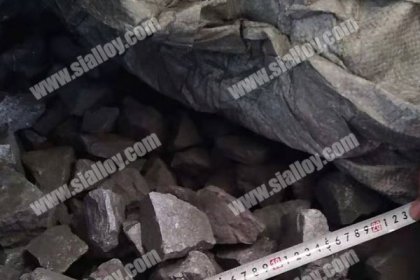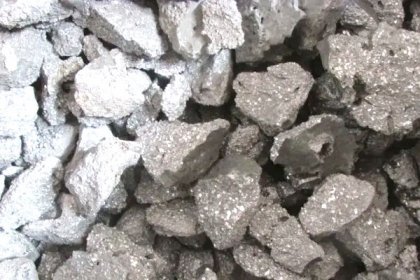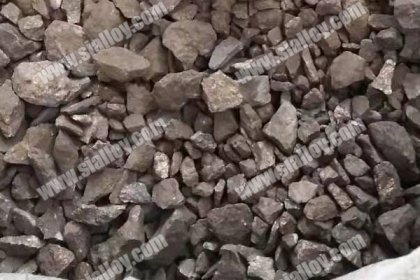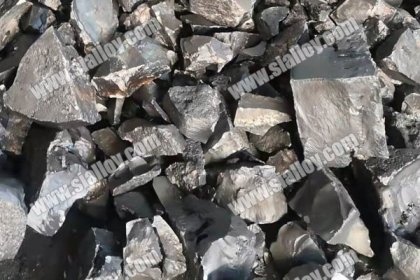deoxidation of cast steel
The harmful effect of oxygen on the quality of cast steel
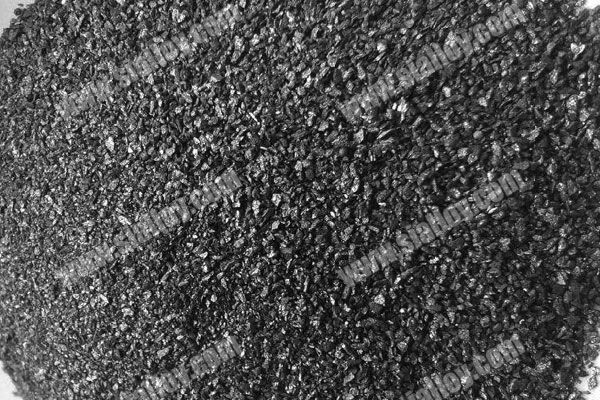
The harmful effect of oxygen on cast steel is caused by the difference in solubility of oxygen in liquid and solid steel. The main harmful effects are:
(1)Oxygen is one of the reasons for the formation of pores in steel castings. During the solidification of molten steel, the solubility of oxygen decreases significantly with the decrease of temperature. Therefore, the precipitated oxygen reacts with the carbon in the molten steel, and the generated CO bubbles become pores if they stay in the steel.
(2)Oxygen promotes the formation of hot cracks in cast steel.
When the oxygen content of the molten steel is too high, the hot cracking tendency of the cast steel will be aggravated. The reason is that when FeO meets FeS, a low melting point (940℃) eutectic (FeO·FeS) is formed, and it is distributed on the grain boundary in the form of a thin film, then easy to cause thermal cracking.
(3)Oxygen is one of the main elements forming non-metallic inclusions
Oxygen can oxidize with various elements to form oxide inclusions. If these inclusions stay in the steel, they will reduce the properties of cast steel.
Deoxidation method in steel
(1)Diffusion Deoxidation
Using the diffusion behavior of oxygen in the molten steel, the oxygen in the molten steel is transferred to the slag to reduce the oxygen content of the molten steel, which is called diffusion deoxidation.
The specific method is to sprinkle the powdery deoxidizer on the surface of the slag in the smelting reduction period after the thin slag is made. Firstly, reduce the oxygen content in the slag and destroy the balance of the solubility of oxygen in the molten steel, the oxygen in the molten steel will inevitably diffuse into the molten slag. Therefore, if the oxygen in the slag is continuously reduced, the oxygen in the molten steel will continue to diffuse into the slag, thereby reducing the oxygen content in the steel.
Precipitation deoxidation is to directly add the block-shaped deoxidizer to the molten steel, and the deoxidizer reacts with (FeO) to deoxidize. Also known as forced deoxygenation, the removal of deoxygenated products by precipitation deoxygenation will affect the deoxygenation effect.
The selection of precipitation deodizier
The deoxidizer for precipitation deoxidation should have strong deoxidation ability, and its deoxidation product is insoluble in molten steel and is easy to be discharged from molten steel. The greater the affinity of the deoxidizing element for oxygen, the stronger its deoxidizing ability, and the lower the dissolved oxygen in the steel. The deoxidation capacity of elements generally increases with the decrease of temperature.
When the content of deoxidizing elements is 0.1%, the deoxidizing ability of each element is ranked from strong to weak: Ca> RE> Zr> Al> Ti> B> Si> C> V> Cr> Mn.
Anyang Huatuo Metallurgy can supply various type of deoxidizer such as FeSi, MnSi, silicon briquette etc, if any interest just consult us.
 中文
中文
